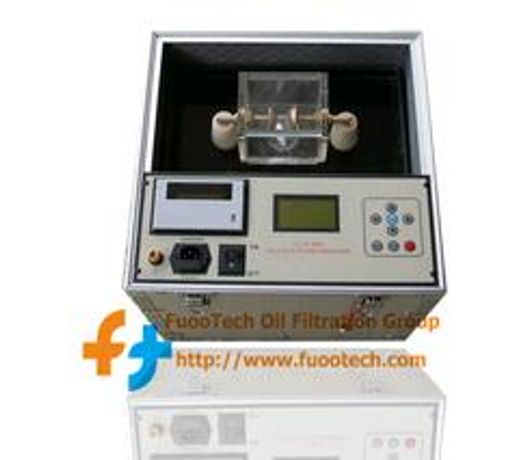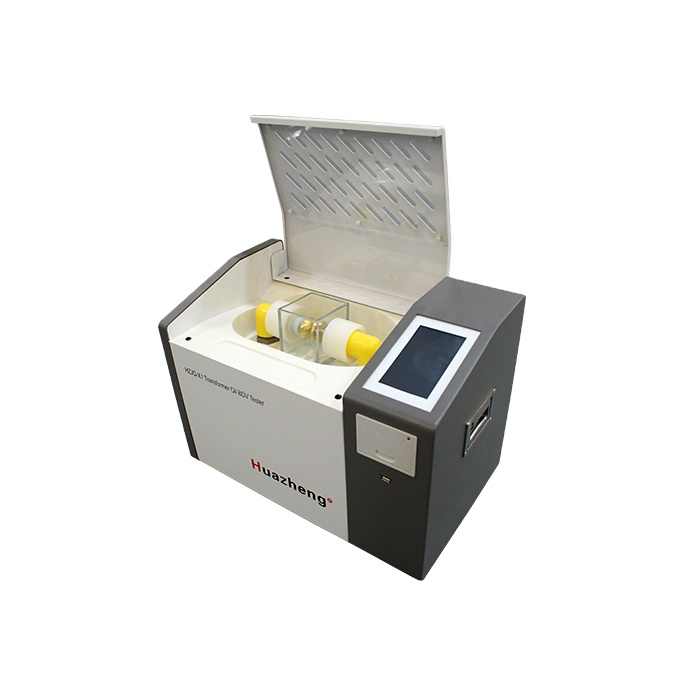Safe Disposal of Waste Transformer Oil to Minimize Environmental Influence
Safe Disposal of Waste Transformer Oil to Minimize Environmental Influence
Blog Article
Choosing the Right Dielectric Transformer Oil for Maximum Efficiency
The choice of dielectric transformer oil is an essential decision that impacts not only the effectiveness and integrity of electrical systems but likewise their environmental impact. Secret homes such as dielectric stamina, thickness, and oxidation security must be diligently evaluated to make certain optimal performance under varying problems. Additionally, the rise of naturally degradable oils provides a chance to improve sustainability while adhering to regulatory criteria. As we check out the subtleties of various oil types and their effects, it comes to be noticeable that the best option can result in substantial operational benefits, motivating a closer assessment of ideal practices in this crucial area.

Significance of Dielectric Oil
Dielectric oil plays a critical role in the procedure and longevity of transformers, working as both a coolant and an insulator. Its primary feature is to prevent electrical discharges in between online elements, thereby protecting the stability of the transformer. The insulating residential or commercial properties of dielectric oil aid preserve a secure electrical atmosphere, which is crucial for the reliable functioning of transformers running at high voltages.
Along with insulation, dielectric oil successfully dissipates heat created throughout the transformer's procedure. This air conditioning capability is essential, as too much heat can lead to reduced efficiency and early failure of the transformer elements. The oil circulates within the transformer, absorbing warm and moving it to a cooling system or the surrounding atmosphere, therefore preserving ideal operating temperature levels.
Additionally, dielectric oil contributes to the overall integrity and safety and security of transformers. By lessening the risk of electrical mistakes and getting too hot, it boosts the functional life-span of the devices. Routine monitoring and upkeep of dielectric oil top quality are vital to make certain that these features are performed efficiently, eventually causing improved performance and reduced operational prices in electric power systems.
Key Feature to Take Into Consideration
When selecting transformer oil, several key properties should be carefully assessed to guarantee optimum performance and reliability. To start with, the dielectric stamina of the oil is critical; it suggests the oil's ability to endure electrical stress without damaging down. A higher dielectric stamina improves the transformer's efficiency and safety.
Secondly, the thickness of the oil plays a necessary function in heat dissipation. Oils with proper thickness guarantee effective blood circulation and air conditioning within the transformer, stopping getting too hot and maintaining efficiency.
Oxidation security is an additional vital home, as it figures out the oil's resistance to degradation with time. Oils with premium oxidation security keep their performance qualities longer, expanding the life of the transformer. The existence of ingredients can improve various residential properties of the oil, such as anti-corrosiveness and foam reductions, more adding to operational long life.
Kinds Of Transformer Oils
Recognizing the different kinds of transformer oils is essential for picking the most appropriate option for details applications. Transformer oils mostly fall into 2 categories: mineral oils and synthetic oils.
Mineral oils, originated from refining unrefined oil, are the most frequently used dielectric liquids. They have outstanding insulating buildings and are cost-efficient, making them a preferred choice in conventional transformer applications. Within this group, there are better differences based on additives, such as anti-corrosive and antioxidant representatives, which improve efficiency and longevity.
Synthetic oils, on the other hand, are engineered liquids designed to offer exceptional thermal security and oxidation resistance. Generally a lot more costly than mineral oils, artificial options can supply far better efficiency in extreme conditions, making them suitable for high-voltage or high-temperature transformers.
Another emerging category is naturally degradable transformer oils, obtained from eco-friendly resources like veggie fats. These choices are gaining grip due to their ecological benefits, although they may not yet match the efficiency metrics of typical oils.
Eventually, choosing the best transformer oil depends upon the specific functional demands, cost factors to consider, and preferred efficiency features of the application available.
Environmental Impact and Regulations
The environmental effect of transformer oils has actually come under boosting examination as regulatory frameworks evolve to address sustainability issues. Standard mineral-based transformer oils position several environmental dangers, including prospective contamination of soil and water bodies in the occasion of spills or leakages. The toxicity of these oils can result in durable ecological injury, necessitating rigid guidelines to reduce danger.
In feedback to these difficulties, regulative bodies are implementing a lot more robust guidelines controling the use and disposal of transformer oils. These laws frequently motivate the adoption of eco-friendly and less damaging choices, such as ester-based dielectric fluids. Such alternatives not just reduce environmental impact however also enhance security in terms of fire and health threats.
Additionally, industry stakeholders are significantly held accountable for the lifecycle administration of transformer oils, from manufacturing to disposal. As the demand for lasting techniques expands, firms are prompted to remain informed about advancing laws and think about the environmental implications when picking transformer oils.
Ideal Practices for Option
Taking into account the boosting ecological factors to consider and regulatory stress bordering transformer oils, picking the proper dielectric liquid needs careful analysis of different elements. Begin by analyzing the specific functional demands of the transformer, consisting of voltage degrees, load problems, and ambient temperature levels. Each application might require unique oil homes to make certain ideal efficiency and integrity.
Following, think about the dielectric toughness of the oil, which straight influences its protecting capabilities. A higher dielectric strength commonly translates to boosted safety and security and performance (dielectric transformer oil). In addition, check out the thermal conductivity of the liquid, as this influences warm dissipation and general transformer cooling
One more vital facet is the oil's environmental influence. Go with naturally degradable or much less dangerous liquids when viable, lining up with sustainability goals and conformity with regulations. Make sure that the picked oil has a tried and tested performance history in similar applications, as this can supply insights into its long-lasting efficiency and dependability.
Conclusion
Picking the appropriate dielectric transformer oil is important for enhancing efficiency and guaranteeing integrity in electric systems. The fostering of biodegradable oils not just supports sustainability however also abides with regulatory criteria.

In enhancement to insulation, dielectric oil successfully dissipates heat generated during the transformer's operation.Moreover, dielectric oil adds to the overall integrity and security of transformers.Choosing the ideal dielectric transformer oil is necessary for optimizing performance and making certain dependability in electric systems.
Report this page